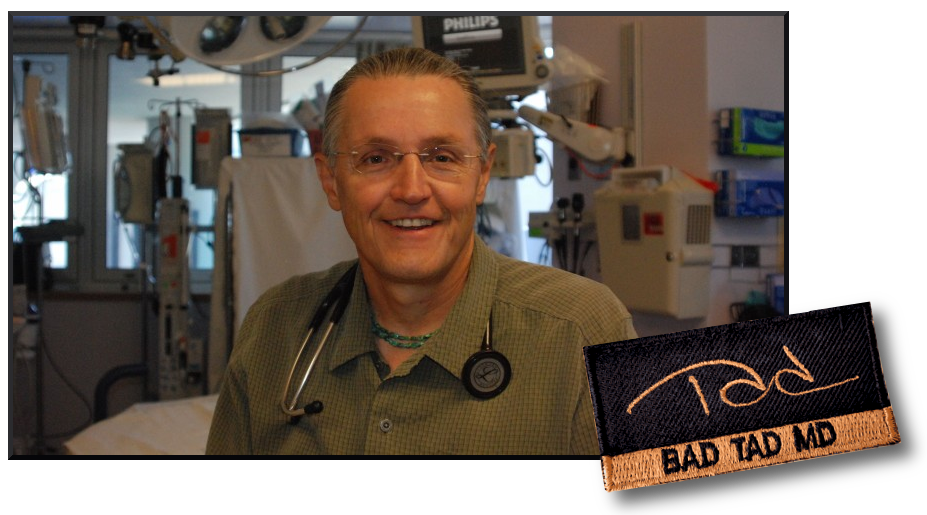We Make a Mess
The other night, we had a serious trauma patient come in. She was eighteen-years-old and crashed her car off the freeway into a ditch. She was unconscious and severely injured. The whole team moved together to try to save her. I helped an emergency medicine resident pass a breathing tube as the surgeons put in IVs, gave her blood and stabilized her for CT scan and the ICU. I read in the paper two days later that she had passed away. This is what the floor looked like in the trauma room after she left:
“Housekeeping to the Trauma Room” is a pretty common page heard overhead.




